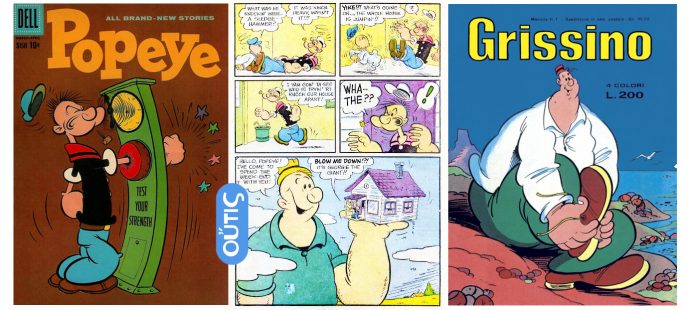
Visions are worth fighting for.
Visions are worth fighting for. Outisfumetti quotes

Visions are worth fighting for. Outisfumetti quotes

Anna ‘n’Mathias: No Hunting!

Maigret a Notre Dame

looking for artists with realistic style

Georgie the Giant became Grissino in Italy Grissino (Georgie the Giant) Georgie the Giant is a character that first appeared in Popeye #51 in 1960, published by Dell in the ...